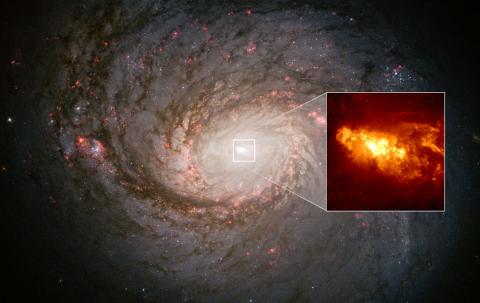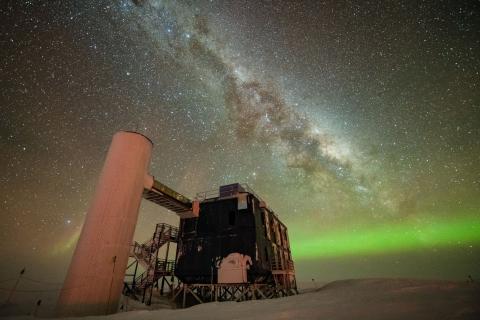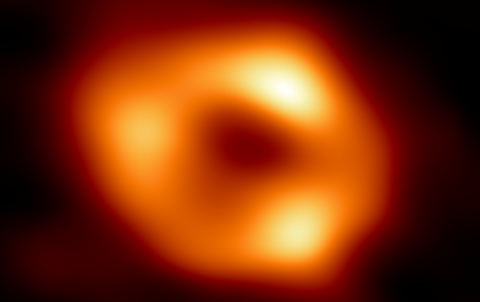The presence of oxygen is discovered in the most distant galaxy known
Two international teams have independently discovered the presence of oxygen in the galaxy JADES-GS-z14-0, the most distant known. The finding, which has been made using the ALMA telescope at the European Southern Observatory (ESO), could mean that galaxies evolved much earlier than previously thought. The results are published in the journals Astronomy & Astrophysics and The Astrophysical Journal.

Precise location in the night sky of the galaxy JADES-GS-z14-0, an extremely tiny dot in the Fornax constellation. | Source: ALMA (ESO/NAOJ/NRAO)/S. Carniani et al./S. Schouws et al/JWST: NASA, ESA, CSA, STScI, Brant Robertson (UC Santa Cruz), Ben Johnson (CfA), Sandro Tacchella (Cambridge), Phill Cargile (CfA)
Carlos Abia - oxígeno galaxia EN
Carlos Abia
Professor in the Department of Theoretical Physics and the Cosmos at the University of Granada.
The studies use data and instruments at the cutting edge of astrophysics. They would indicate that the most primitive universe evolved more quickly than we think in terms of its chemical enrichment. It could indicate that supermassive stars (with more than a hundred times the mass of the Sun) could have played a predominant role in that era.
Carniani et al.
- Research article
- Peer reviewed
Schouws et al.
- Research article
- Peer reviewed



